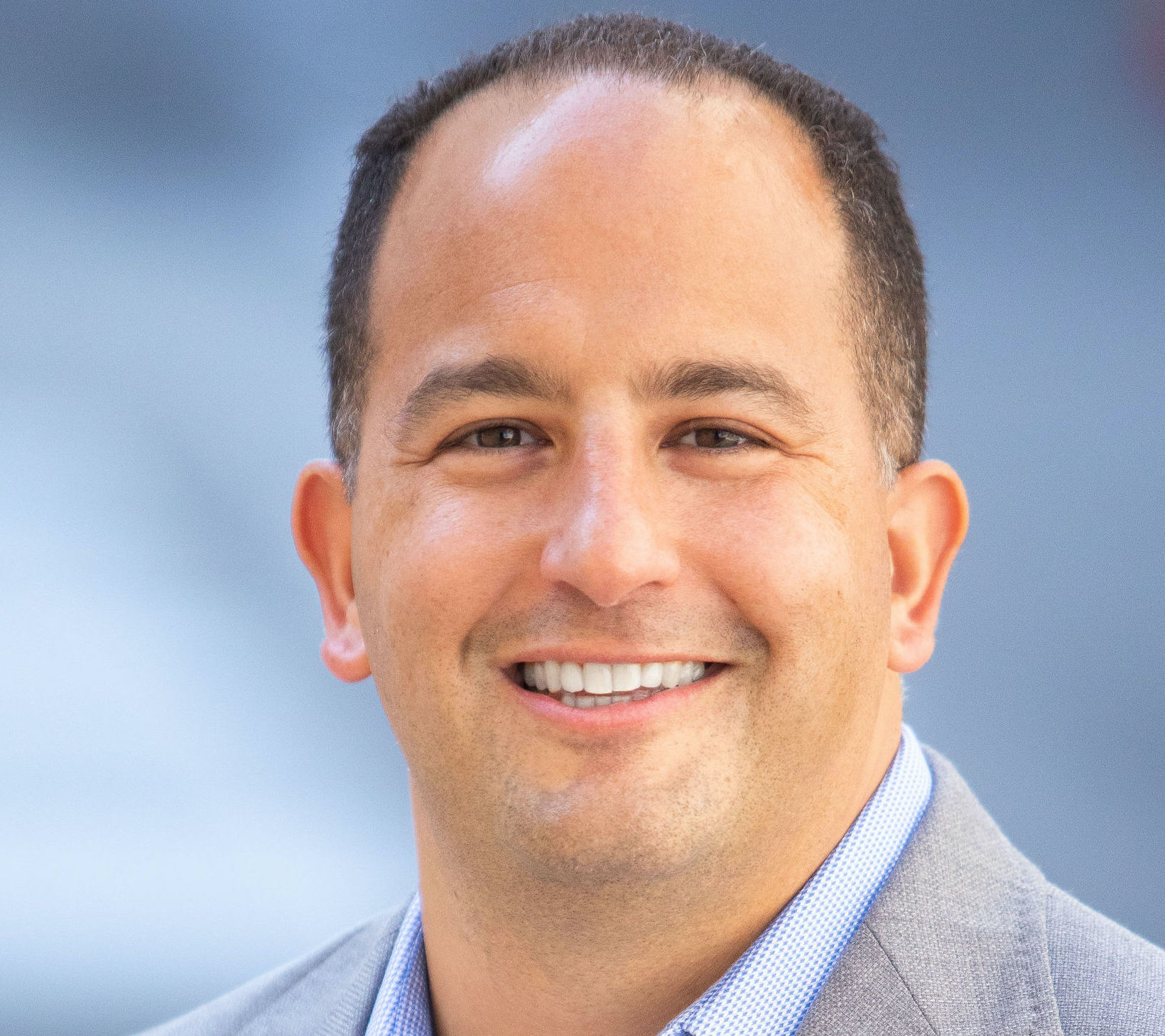
The next few years will come straight out of “Game of Thrones” for universities. Many leaders project optimism and conduct business per usual while a select few recognize an existential threat looming on the horizon. In the HBO series, a massive wall cannot ward off undead armies, and in higher education, the stimulus-rampart isn’t up to the task of keeping a crippling financial crisis and imminent demographic cliff at bay.
The numbers simply don’t add up. In December, Congress delivered $22.7 billion to colleges and universities as part of the $900 billion COVID-19 relief bill and the recent $1.9 trillion aid package directs almost $40 billion more to higher education.
To many, including families whose reference points are tuition bills, the numbers sound enormous. But they are a drop in the bucket compared to college and university losses during the pandemic.
In a letter to Congress this past fall, the American Council on Education, which counts about 1,700 colleges and universities among its membership, estimated higher educational losses due to COVID-19 at $120 billion. That’s about double the combined relief bill amounts.
So, while many universities will receive more government money in the next few years than they have in recent memory, those dollars won’t cover all that was lost during COVID. This alone presents a challenge, and unfortunately, it is coupled with a looming crisis: the dramatic drop in the number of college-aged students after 2025—the “demographic cliff” that will be another significant blow to enrollment.
And this next storm won’t be letting up anytime soon. The National Center for Health Statistics recently reported that in 2020 the birth rate fell again for the sixth consecutive year. Fewer babies being born means fewer people who grow up to go to college. With pandemic losses eclipsing relief funding and impending student population declines, universities are indeed on the edge of a precipice.
A temporary reprieve, not a pardon
Although the stimulus doesn’t fix higher ed’s fundamental problems, it does buy institutions time. What they do with it is the question, and the way they answer may depend on their leadership’s outlook on the future.
Some early signals are troubling. A chorus of university leaders have been letting out a premature, collective sigh of relief. Data from Inside Higher Ed—data that editor Doug Lederman calls “more than a little surprising”—reveals that college and university presidents are more optimistic now than they were before doors began shuttering in March 2020.
Of 423 campus leaders surveyed, 77% identified the Biden administration’s increase of stimulus monies for higher education on the shortlist of policies that would most benefit their institutions and students. Almost 80% expressed confidence its employer will remain financially stable over the next decade. However, at best the stimulus is a temporary reprieve, not a pardon.
The variety of time that the relief bills buy for higher education is like that provided by a parachute that can ease one’s return to terra firma, provided one can find solid ground upon which to land. In this instance, though, parachuting universities need to create rather than simply locate that solid ground, because their budgets haven’t been balanced in years and most run on structural deficits where operating revenues don’t cover operating costs.
The pandemic exposed but didn’t cause this foundation erosion.
Now is the time to act
Just as many “Game of Thrones” characters did, higher education leaders may believe they can wait it out. But true leadership lies in making the tough yet necessary decisions, and making those decisions now—when campus leaders look past the three years that of record appropriations to a fallow period—will require operating more efficiently in order to be sustainable in the future.
Having worked extensively in higher education, including helping the University of Maryland Global Campus navigate a deep retrenchment seven years ago, I know how hard a pill “efficiency” is for many to swallow. Some freely associate it with indiscriminate financial cuts, but that perception isn’t reality. At least it doesn’t have to be.
For several years, U.S. News & World Report ranked its “best colleges” based on operating efficiency–most recently among its 2018 Best Colleges rankings. HopefullyU.S. News & World Report and other researchers will continue to crunch efficiency numbers, because this data point is as impactful as any for institutions and students, and evaluating these measures provides critical insights that can inform action.
For example, salary and benefits represent a majority of universities’ operating budgets and there are opportunities to understand how to best deploy these scarce resources to improve their focus on the mission of the institution. Institutions can also consider shifting their resources from administrative functions to academic and support functions to better serve the student.
Universities able to benchmark these costs against peer institutions are able to determine areas for both optimization and investment. That’s a win-win for institutions and students.
Colleges need to know this information and more. Focusing on enrollment, retention and tuition revenue alone is no longer sufficient. Institutions must do the hard work of addressing over-burdened cost structures, more closely matching operating costs to operating revenues, and shrinking structural deficits. With winter coming, now is the time to act.
The relief bills aren’t making any institution whole or protecting it from the approaching demographic cliff. The funds slow but do not stop the impending impact.
Colleges and universities must use the time it buys them to change course, embrace data and efficiency, and chart a path to financial sustainability. Institutions, students, and the employers who rely on both, depend on it.
Darren Catalano is the former vice president of analytics at the University of Maryland Global Campus. He currently serves as CEO of HelioCampus, a company born out of the University System of Maryland that provides strategic decision support and insights to colleges and universities through an enterprise analytics platform, benchmarking, and data science services.









